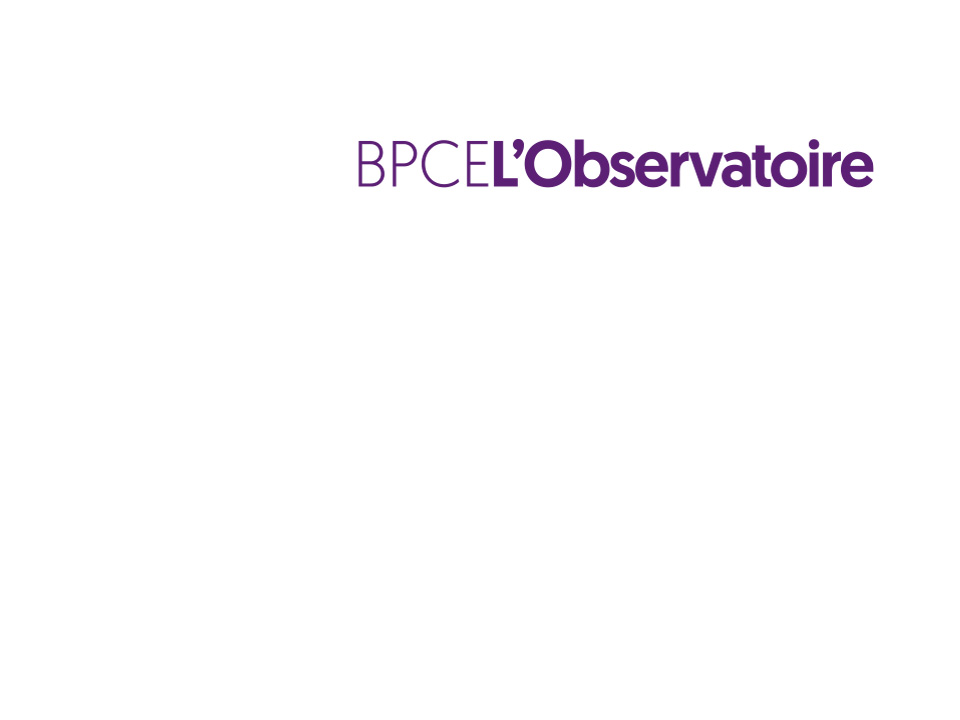

End of the ‘whatever it takes’ policy: so far so good, but…
[October 2021] Following the announced discontinuation of the ‘whatever it takes’ policy, the latest study by BPCE L'Observatoire shows that certain economic sectors and certain geographical regions are still fragile and reliant on government aid despite positive business resilience overall.


The ‘whatever it takes’ approach has served its purpose as far as preserving jobs and businesses is concerned, leading to a much sharper decline in insolvencies in France than in the euro zone overall. The discontinuation of support measures comes at a time when little use was being made of them, except in the most exposed sectors where significant relief mechanisms are being maintained.
A resurgence of risks is expected from mid-2022 in certain industrial sectors and geographical regions
Overall, the recovery in business activities is making the earlier need for financial support redundant but differences between industrial sectors (the construction industry, the hospitality and personal services sectors, the transport equipment segment) and geographical regions (French overseas departments and territories, the Ile-de-France Greater Paris region, southeastern France and Alsace) highlight the persistent fragility of part of the productive fabric.
Risks are likely to become more pronounced as of the second quarter of 2022 as and when Covid liabilities fall due, all or part of companies’ cash flow is eroded by the increase in working capital requirements, and as economic growth returns mechanically to its previous potential (estimated at 1.2% before the crisis).
There will certainly be no catching-up of insolvencies (or ‘bankruptcy wave’) between now and mid-2022. On the other hand, the number of insolvencies, which are currently at an all-time low, could gradually return to their ‘normal’ level by the end of 2022 (around 1,000 insolvencies per week compared with 600 since March 2020) with companies already identified as fragile more particularly at risk of default.
A fine line between insolvent and zombie companies
It will undoubtedly become difficult, as of 2023, for the public authorities to abruptly withdraw from the de facto established insolvency management system given the rise in the number of ‘fragile’ companies liable to qualify for new support measures (post-crisis recovery procedures, fast-track safeguard measures, etc.).
However, the low number of insolvencies implies a multiplication of ‘zombie’ companies, a situation not without risk, far from it. This could lead to exacerbated competition liable to squeeze companies’ profit margins – and, consequently, their earning capacity – particularly in the case of more recent companies whose market footprint is still only quite small. Today, the strong recovery in business activities in many sectors seems compatible with the survival of many currently unprofitable companies under ‘normal’ circumstances. In the long run, however, this situation is likely to lead to a productivity race to the bottom and may well prove harmful to investment and potential future growth.